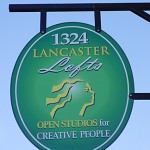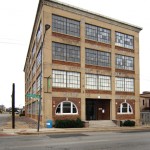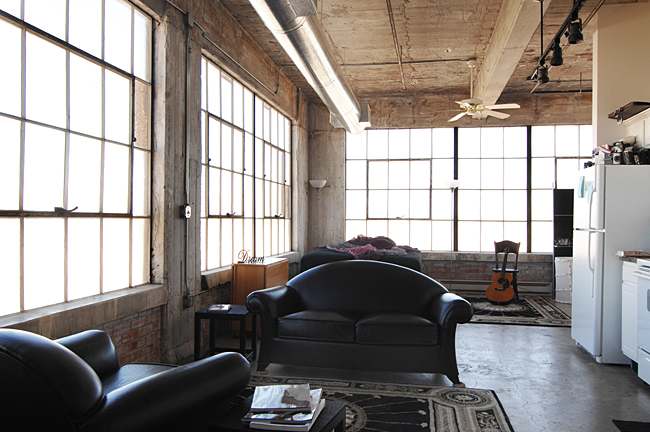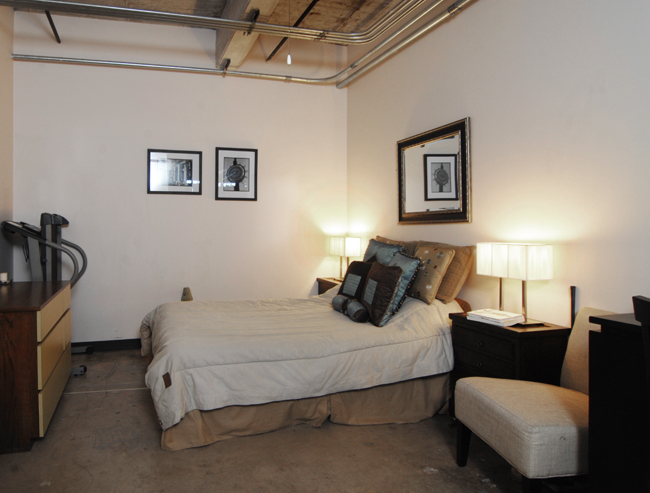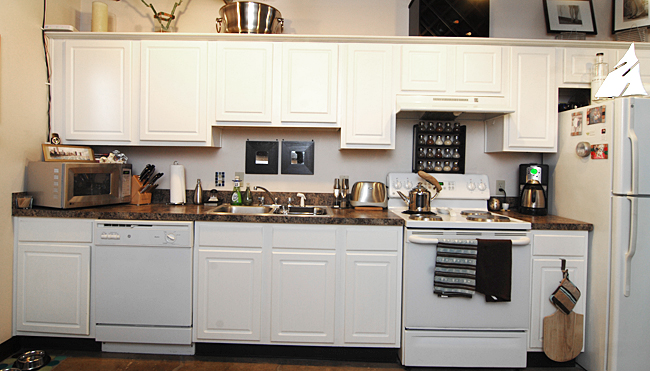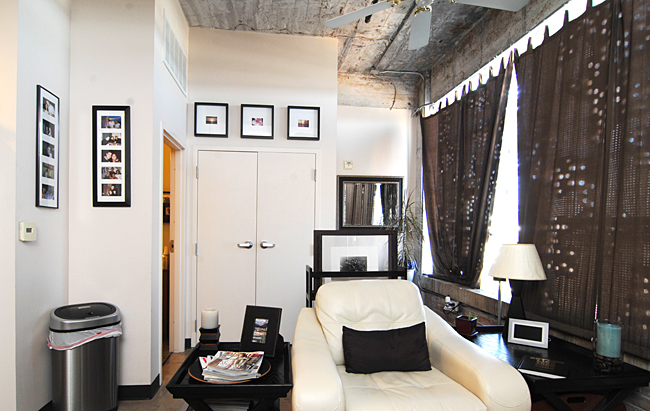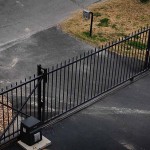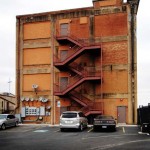Lipstick on a Pig
By Flora Alexandra Brewer
In a recent series of articles about homelessness, a brave and beautiful young journalist spent several nights living at our Presbyterian Night Shelter and wrote about it. She brought readers a better understanding of the realities associated with living in a place where the lights stay on all the time, one has to hang onto one’s belongings to make sure they don’t walk away, and women call out in dreams throughout the night. The journalist spoke with me, listening patiently while I rattled on about my work in the Near East Side, home to the city’s homeless shelters, working to make a safer, cleaner, more productive environment. Her article credits me with “coordinating the homeless shelters with the remaining business owners to solve problems.” Thank you; I appreciate that. But the article goes on to say, “Brewer has even painted murals on her exterior walls to brighten up the area. Some might suggest that’s the equivalent of putting lipstick on a pig.”
Hmm.
I must say I was stunned, surprised and angered by that last sentence. What does that expression mean anyway? Does it mean my buildings are “pigs?” That the neighborhood is a “pigsty?” Is the writer saying that public art has no role in community revitalization? That an area with concentrated homelessness cannot be uplifted by something beautiful? That it’s too little to make a difference?
Stung by what I believed was criticism, I looked for information about the impact of public art on a community. I quickly found a paper from Durbin, South Africa, in which social scientist Sabine Marschall examined the response of communities and citizens to installations of murals in depressed urban areas. Her research found that murals provided a “sense of ownership of and respect for walls or buildings” Like Durbin, we have had no graffiti or defacement of any of the eight murals we have installed in the Near East Side, and our mural was installed in 2003. I remember that as the artists worked, passing shelter residents gave the thumbs-up sign. The Durbin researcher found that murals were welcomed “as a valuable beautification of their often visually impoverished environment.” I remember looking out of my office window after the first mural was completed, watching kids get on the school bus in front of the Union Gospel Mission family center and being happy that those kids had something more pleasant to look at. The mural featured people who looked something like them and their families, doing things that people do when they’re happy.
Yes, that money could have been donated to the mission, and it might have housed 10 people for a year. But “lipstick on a pig?’ OK, these buildings aren’t great architectural wonders. But the mural says, Somebody cares about this place. And maybe makes it a little less scary. Maybe it inspires others to fix up their buildings. Hundreds of artists, students and members of the community have come to our neighborhood since 2003 to make art, tend vegetables, install trashcans and street trees, and even to bring in new businesses. Maybe the mural helped. Maybe it helped somebody living in a homeless shelter believe that somebody cares.
The murals were a strategy to make a bad situation better while solutions were being developed. To help a neighborhood that had hit bottom start the long climb back to respectability. To say to the world, Somebody cares about this place!
Murals and revitalization won’t end homelessness. Affordable housing ends homelessness. Access to quality, affordable health care ends homelessness. Living wages end homelessness. Skillful, consistent case management that connects people to housing, services and an income ends homelessness. Allowing an entire neighborhood of our city to decay because there are homeless people there only exacerbates the problem. By rehabbing and repurposing old buildings, fixing the streets, collecting the trash, and, yes, by painting murals on some of the old buildings—we are trying to help.
Lipstick on a pig? My new badge of honor!

